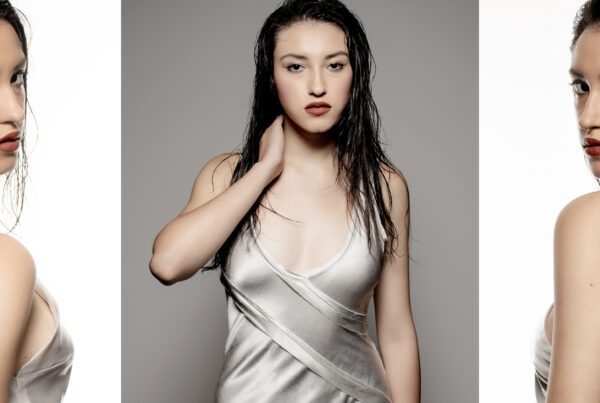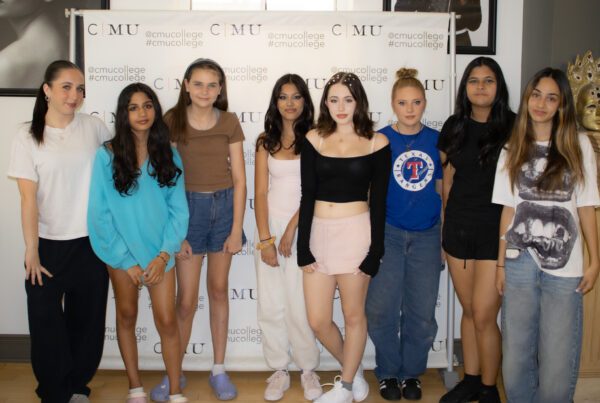
While a great deal of this entertaining and record-breaking film was created with the latest and greatest in CGI technology, it’s fair to say that it simply wouldn’t be the same without the skilled special effects makeup design artists. For those considering pursuing a career in creature and character design this movie should prove, if nothing else, that the art of prosthetic makeup is alive and well in Hollywood and that it is no way at odds with computer-generated imagery but rather, aims to work with it.
What is Prosthetic Makeup?
Unlike digitally enhanced effects, prosthetic makeup is a physical art form consisting of sculpting, molding and casting cosmetic facial and bodily effects. Once cast, the silicone, foam latex, gelatin or alginate prosthetic is adhered to the actor and blended with their skin tone using makeup. Prosthetics have been used for years to not only change an actor’s physical profile but to create believable wounds and otherworldly characteristics in the absence of expensive computer design technology.
Careers that Require Prosthetic Makeup Mastery
Audiences love CGI, but even for the films and television shows with the highest budgets, there simply isn’t the time to use CGI whenever you need to alter the appearance of an actor or introduce some fantastical creatures. In fact, many of today’s hottest shows (most notably, HBO’s Game of Thrones), make extensive use of prosthetics in a number of scenes in almost every episode.
If your ambitions don’t lie within television or film, prosthetic artistry is in equally high demand for theme park makeup designers (who are tasked with re-creating well-known characters on a daily basis), professional stage makeup artists (a medium completely devoid of CGI), runway makeup artists, and more.
What Does a Creature and Character Designer Do?
Creature and character designers help to bring a character from concept to reality. In this, they work with directors, production representatives, writers and other stakeholders to ensure that the character or creature being put in front of the camera or audience is realistic, believable and authentic. They use a number of tools to flesh out the character from digital tools such as Photoshop and Zbrush to create a lifelike 3D composite, to hand-sculpting the character out of clay.
What skills and Qualifications Do You Need to be Successful?
It goes without saying that to make it as a prosthetics artist your mind must be brimming with creativity, but that’s not the only skill you’ll need to be successful. Before you can work alongside the likes of James Cameron or J.J. Abrams, there are a few technical skills you’ll need to master.
First, you’ll need a really good understanding of human anatomy. If this sounds a little strange considering that you want to design creatures from another planet, it’s important that realistic characters are based on the physical anatomy of creatures that live here on earth, be they human, reptilian or amphibian. Understanding how things move in the physical world around you is a fundamental necessity to creating realistic characters that will be sought out by the film and television industry. In addition, you’ll also need to have a firm understanding of colour theory, and of course, you’ll need to know how to sculpt.
Where Can I take Courses and What’s the Timeline?
While there are many different courses available at a number of different institutions, you’ll need to find the one that is right for you. The CMU College of Makeup Art & Design offers a number of industry-recognized courses in a condensed format to help those eager to make their mark on the industry get their foot in the door. For example, students enrolled in CMU’s Creature and Character Design program can expect to complete it in as little as six weeks. CMU offers a number of other industry-focused programs and while they may vary in complexity and depth, they too are designed to expedite the learning process.
Try our Make Up Artistry Quiz and explore your future at CMU.




